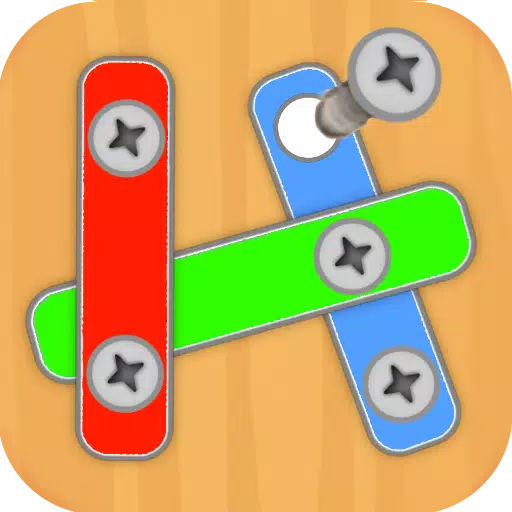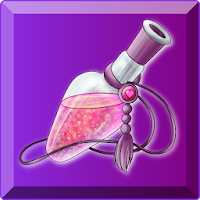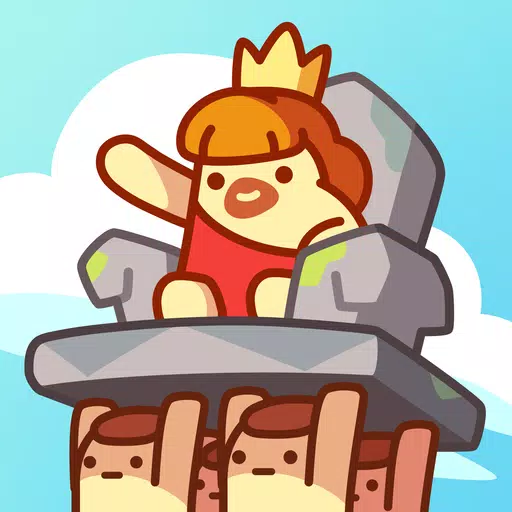In the world of Minecraft, terracotta stands out as a versatile and visually appealing building material, celebrated for its wide range of colors and applications. This article delves into the process of crafting terracotta, explores its unique properties, and showcases its potential in construction projects.
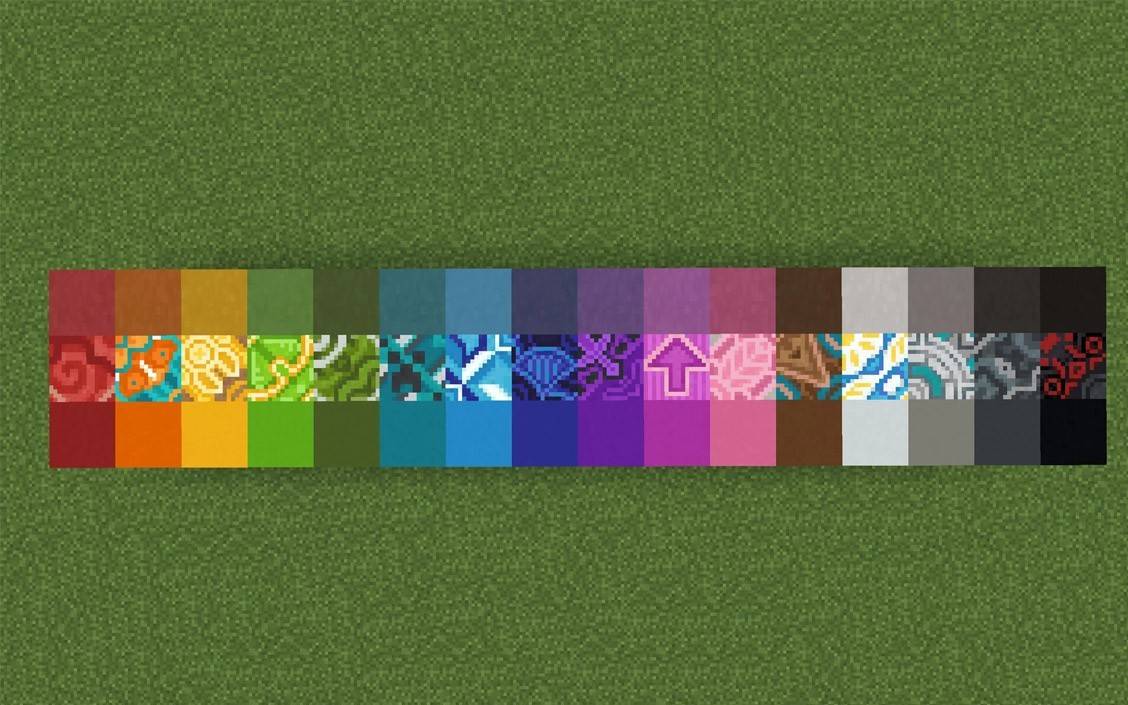 Image: planetminecraft.com
Image: planetminecraft.com
Table of Contents
- How to Get Terracotta in Minecraft
- The Ideal Place for Gathering Terracotta
- Types of Terracotta
- How to Use Terracotta in Crafting and Construction
- Availability of Terracotta in Different Versions of Minecraft
How to Get Terracotta in Minecraft
To begin your journey with terracotta, you'll first need to gather clay. This resource can be found in various water bodies such as rivers and swamps. Once you've located clay, break the blocks to collect clay balls. These balls can then be smelted in a furnace using fuel like coal or wood, transforming them into terracotta blocks.
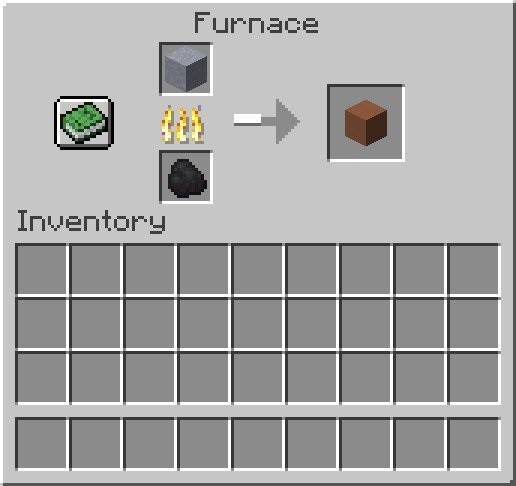 Image: ensigame.com
Image: ensigame.com
Terracotta can also be discovered in certain generated structures, particularly in the mesa biome, where you'll find naturally colored variants. In the Bedrock Edition, players have the additional option of acquiring terracotta through trading with villagers.
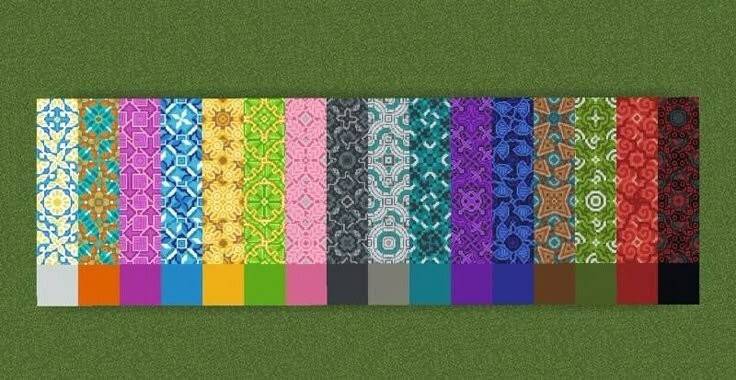 Image: pinterest.com
Image: pinterest.com
The Ideal Place for Gathering Terracotta
The Badlands biome is your go-to destination for terracotta. This rare and vibrant biome is a natural treasure trove of terracotta, featuring layers of orange, green, purple, white, and pink. Here, you can harvest terracotta in abundance without the need for smelting, making it an efficient source.
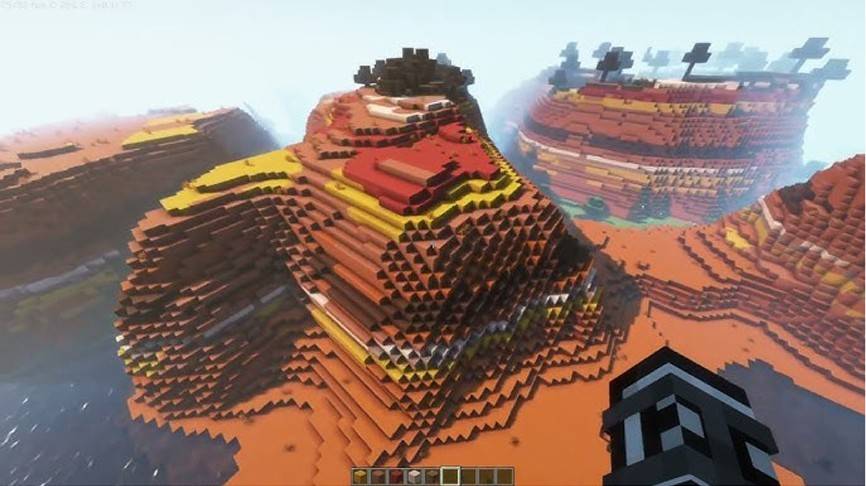 Image: youtube.com
Image: youtube.com
In addition to terracotta, the Badlands biome offers:
- Sandstone and sand, readily available on the surface;
- Gold, which is more accessible here than in other biomes;
- Dead bushes, which can be harvested for sticks.
The unique landscape of the Badlands also makes it an ideal spot for constructing colorful bases and gathering essential materials.
Types of Terracotta
Terracotta comes in a standard brownish-orange hue, but its versatility shines through with the ability to dye it in sixteen different colors. By combining dyes with terracotta on a crafting table, you can create colorful variants, such as turning it purple with purple dye.
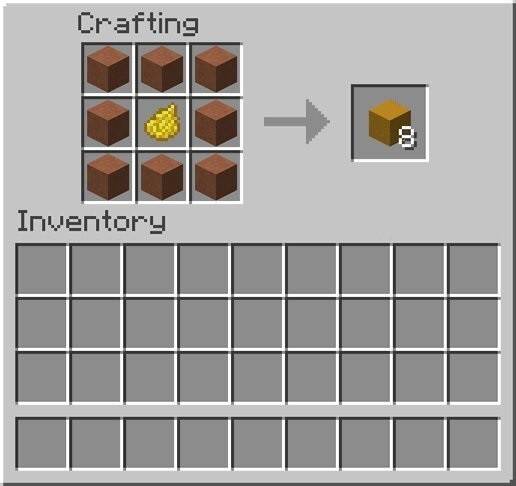 Image: ensigame.com
Image: ensigame.com
For a more decorative touch, you can create glazed terracotta by smelting dyed terracotta in a furnace. These blocks feature unique patterns that can be arranged to form intricate designs, making them perfect for both aesthetic and functional building projects.
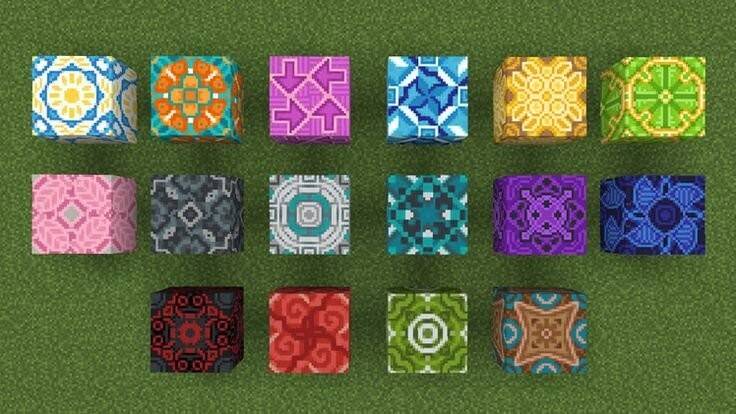 Image: pinterest.com
Image: pinterest.com
How to Use Terracotta in Crafting and Construction
Terracotta's durability and variety make it an excellent choice for both interior and exterior decoration. Its range of colors allows for the creation of complex patterns and ornaments, suitable for wall, floor, and roof cladding.
In the Bedrock Edition, terracotta is used to craft intricate mosaic panels. By strategically placing different colors, you can achieve stunning designs. Additionally, in Minecraft 1.20, terracotta serves as a material for creating armor patterns using the Armor Trim Smithing Template, allowing for personalized armor aesthetics.
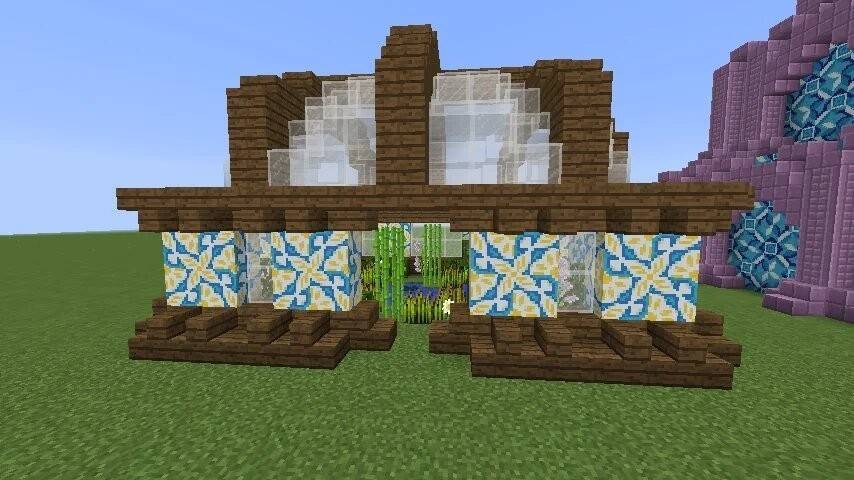 Image: reddit.com
Image: reddit.com
Availability of Terracotta in Different Versions of Minecraft
Terracotta is accessible in both Java and Bedrock Editions of Minecraft, with similar mechanics for obtaining it, though textures may vary slightly between versions.
In certain versions, players can also acquire terracotta through trading with master-level mason villagers, who offer various types in exchange for emeralds. This method is particularly useful if you're far from a mesa biome or prefer not to spend time smelting clay.
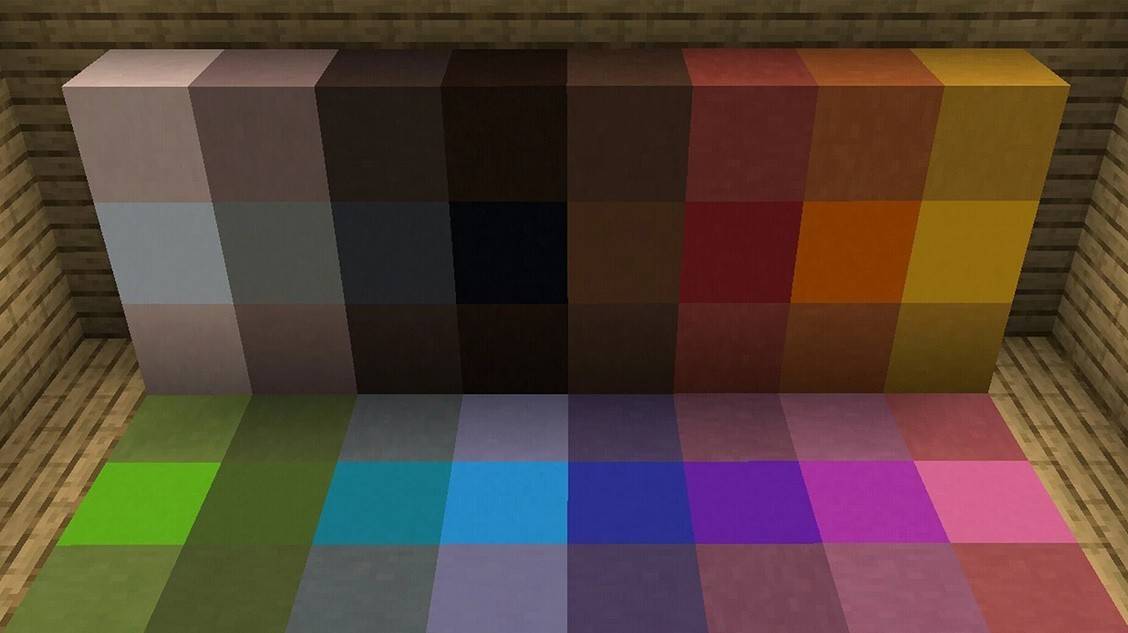 Image: planetminecraft.com
Image: planetminecraft.com
Terracotta is a durable and visually striking block that's easy to obtain and customize with a variety of colors. Whether used in its solid form or as glazed terracotta with intricate patterns, it's an excellent choice for enhancing any Minecraft build. So, dive in, experiment, and let your creativity flourish with terracotta!






